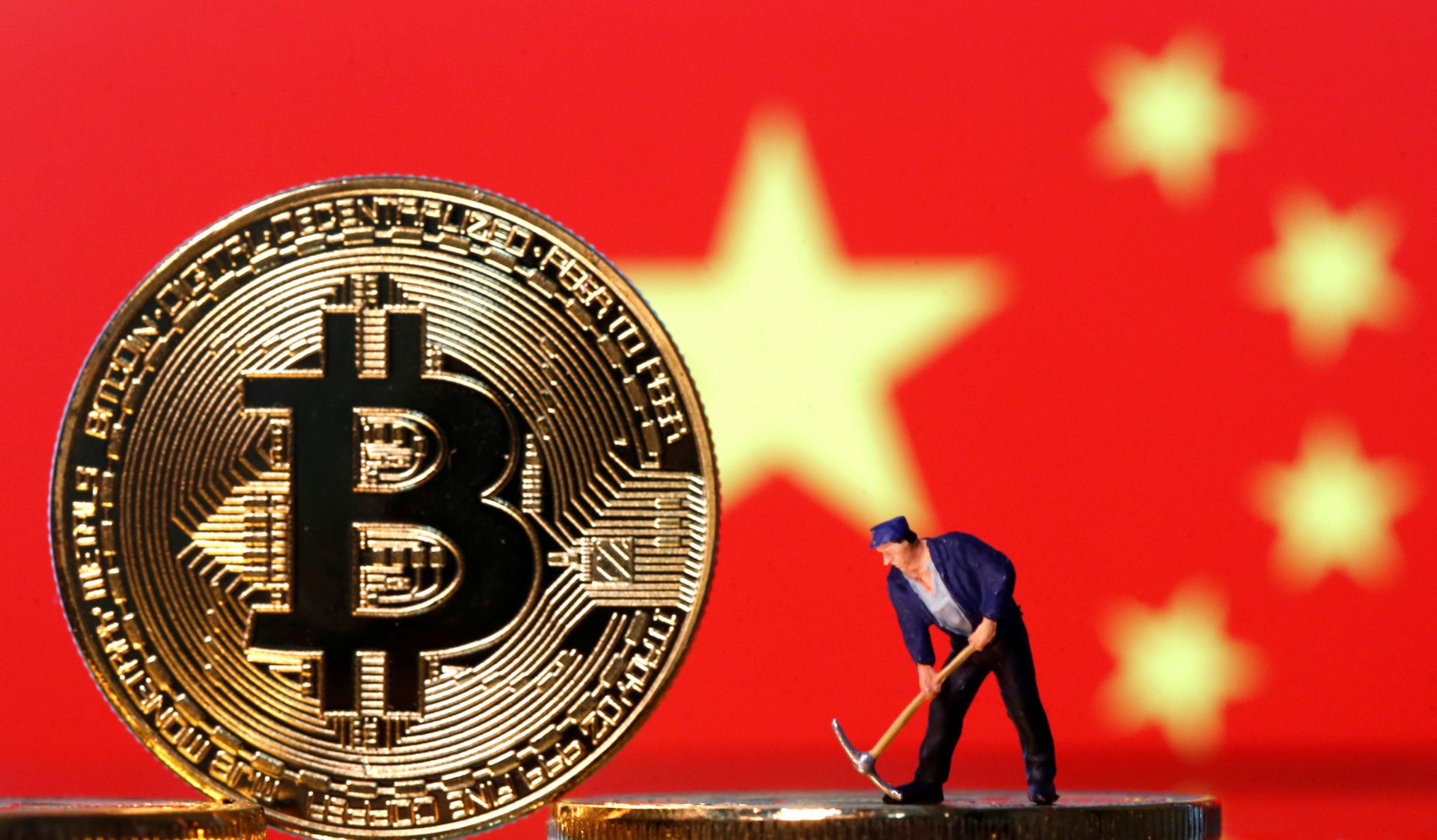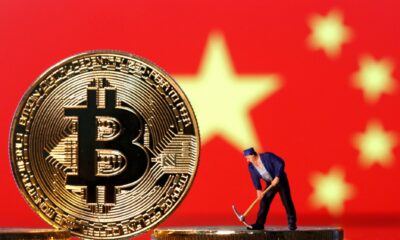China
ASEAN supply chain links with China and the perils of decoupling

Author: Ken Heydon, LSE
China’s global value chain (GVC) links with ASEAN are both less dominant and more beneficial than they appear at first sight. But there are major challenges ahead for ASEAN. With ASEAN public opinion seeking more alignment with the United States and less with China, ASEAN’s GVC dependence on China might be seen as a cause for concern.
Over the past three decades, ASEAN trade links with the United States, the European Union and Japan have weakened relative to those with China. Moreover, dependence on China has been more in backward linkages (where China’s share of foreign value added exports incorporated in ASEAN exports has risen from 5 per cent to 17 per cent) than in forward links (where China’s share of ASEAN value added exports incorporated in other countries’ exports has risen from 4 per cent to just 12 per cent).
But this account needs nuance. ASEAN’s links with the United States, the European Union and Japan are not as weak as they appear. And the links with China are highly beneficial to ASEAN.
The relatively weaker trade links between ASEAN and the United States, European Union and Japan have been largely compensated by increased market-seeking and efficiency-seeking investment and production, within ASEAN, of affiliates of these countries. ASEAN’s GVC links beyond China have been transformed rather than weakened. It is precisely the presence of these globally oriented, transnational affiliates that helps explain ASEAN’s strong, and otherwise surprising, forward linkages with, in particular, the European Union.
When intra-EU trade — Europe’s regional value chain — is taken into account, the European Union accounts for a greater (albeit declining) share of ASEAN exports incorporated into other countries’ exports (28 per cent) than China (12 per cent). ASEAN, through its forward linkages, is more integrated with the EU GVC than with that of China — particularly in technologically advanced sectors like electronics.
But the most important corrective to an alarmist narrative of ASEAN GVC bonds with China is that backward links with China are fostering development within ASEAN. It is thus the scarcity of these backward linkages, and correspondingly limited access to foreign value added, for ASEAN small and medium-sized enterprises (SMEs) that helps explain why SMEs play a disproportionately minor role in ASEAN exports. ASEAN SMEs have had less exposure to ‘learning by importing’.
But backward links are not equally shared throughout ASEAN. Malaysia, Singapore, Thailand and Vietnam are developing a manufacturing base with strong backward links (foreign value added makes up 60 per cent of ASEAN vehicle exports). Brunei, Indonesia, Laos and Myanmar remain dependent on natural resource activities with weak backward links (foreign value added makes up just 5 per cent of Indonesia’s agribusiness exports).
This means that policy settings will need to differ by country. Nevertheless, all ASEAN states will face three common GVC challenges: an increase in the importance of inwards investment relative to trade, more focus on domestic demand in dynamic partner economies and the persistence of GVC vulnerability to disruption. China will be central to all these challenges.
It can be expected that as China moves to counter its demographic ageing and rising domestic costs it will increasingly follow the path already taken by the United States, European Union and Japan in favouring investment over trade in its GVC links with ASEAN. China’s FDI in Southeast Asia grew fourfold between 2010–2018. Given the sovereignty concerns associated with inward FDI, this shift will need to involve a change in China’s ‘tendency to downplay the autonomous agency’ of developing neighbours.
Equally critical will be ASEAN’s own policy settings to maximise gains from investment inflows, including through stronger environmental safeguards, technological upgrading and greater domestic regulatory coherence.
ASEAN’s second GVC challenge will be a shift in the relative importance of final consumption (rather than onward export) within partner economies with expanding domestic markets. This again will call for adaptability in ASEAN as it shifts product design towards, in particular, China’s domestic consumers as opposed to China’s overseas customers — consistent with China’s domestically oriented Dual Circulation Strategy.
The third GVC challenge facing ASEAN is persistent vulnerability to disruption. This will call for flexibility and resilience, whether by removing…
Business
China Telecom Gulf Officially Launches Operations in Saudi Arabia for Business Expansion

China Telecom Gulf was launched in Riyadh, enhancing digital cooperation between China and Saudi Arabia under the “Belt and Road Initiative,” with a focus on technological innovation and infrastructure development.
China Telecom Gulf Launches in Riyadh
On November 21, 2024, China Telecom Gulf was officially inaugurated in Riyadh, symbolizing a significant advancement in China Telecom’s internationalization efforts and commitment to the "Belt and Road Initiative." The event was attended by over 100 dignitaries, including Mr. Liu Guiqing, Executive Director of China Telecom Corporation, and Mr. Fawaz from the Industrial and Commercial Bank of China Riyadh Branch, marking a milestone in fostering a shared future between China and Arab nations.
Commitment to Digital Transformation
In his speech, Mr. Liu highlighted China Telecom’s dedication to collaborating with Saudi enterprises and local governments to enhance digital infrastructure. By leveraging its expertise in technologies like 5G and artificial intelligence, the company aims to provide high-quality communication services, thereby driving socio-economic growth in the region.
Strategic Partnerships for Growth
During the launch, China Telecom Gulf signed strategic agreements with several prominent companies, including Saudi Telecom Company and Huawei. These collaborations are geared towards optimizing digital experiences for Saudi customers and contributing to the broader Sino-Saudi cooperation in technology and economic development, solidifying China Telecom’s role in the Middle Eastern telecom landscape.
Source : China Telecom Gulf Officially Launches in Saudi Arabia for Business
China
India Initiates a Shift in Security Focus Regarding China Amid Economic Ambitions
Since 2014, India’s Modi government aimed to boost manufacturing through the Make-in-India campaign. However, tensions with China led to increased scrutiny of Chinese investments post-COVID-19, limiting their influence.
Modi’s Manufacturing Push
Since Narendra Modi took office in 2014, his administration has focused on boosting the manufacturing sector’s contribution to India’s GDP. The launch of the Make-in-India campaign aimed to enhance manufacturing capabilities and attract foreign direct investment (FDI), even in sensitive sectors such as defense and railways, thereby fostering economic growth.
Shift in Economic Relations
During this period, Chinese companies like Oppo and ZTE sought to capitalize on India’s manufacturing potential. However, the 2020 COVID-19 pandemic highlighted the need for safeguard measures against potential foreign takeovers. In response, India revised its FDI policy to increase scrutiny on investments from neighboring countries, particularly targeting Chinese investments, which now require governmental approval.
Geopolitical Tensions and FDI Impact
Tensions escalated after the June 2020 Galwan clash, severely straining Indo-China relations. This ongoing border standoff has posed challenges to the evolving dynamics between the two nations. As a result of these geopolitical tensions and pandemic-era policies, Chinese capital inflow to India constituted merely 0.43% of the total FDI from April 2000 to December 2021, highlighting a significant downturn in bilateral economic ties.
Source : India begins a rebalance of security concerns over China and economic aspirations
Business
BRICS: China Classifies Crypto as Property and Prohibits Business Ownership

China’s Shanghai court ruled cryptocurrencies are property, boosting optimism in the crypto industry while maintaining a ban on business transactions. This may signal a shift in future regulations.
China’s Ruling on Cryptocurrency
In a pivotal decision for the nation and its BRICS alliance, China has officially classified cryptocurrency as property while maintaining prohibitions against business transactions involving digital assets. A notable ruling from the Shanghai Songjiant People’s Court affirmed cryptocurrencies as property, sparking optimism within the crypto industry regarding future regulations.
Implications for the Crypto Industry
As cryptocurrencies gain significance globally, the Chinese ruling is viewed as a potential-positive shift amidst ongoing restrictions. While individuals can hold virtual currency, businesses remain barred from engaging in investment transactions or issuing tokens independently. This decision has generated anticipation for more accommodating regulations in the future.
Future Prospects for Cryptocurrency in China
Experts like Max Keiser believe this ruling indicates China’s growing acknowledgment of Bitcoin’s influence. As BRICS nations explore increased cryptocurrency utilization in trade, this legal shift could enhance market demand and lead to greater acceptance of cryptocurrencies as a legitimate asset class, setting the stage for potential developments in 2025.
Source : BRICS: China Rules Crypto as Property, Bars Business Holdings






